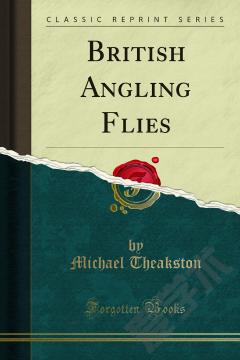British Angling Flies
At the time this book was written, the angling flies were a mixed mass, without order or class, and without any descriptions of their kinds, sizes, shapes or colors. Their names were a chance medley given by the anglers of different streams, and what they were called on one water would rarely distinguish them on another. After years of examination of the flies for the purpose of imitation, it was observable that several of them were of the same shape, but differing in their sizes and colors, and that several more were of another shape, varying likewise in their sizes and colors. This hinted the system of separation according to shapes and construction, which divided the mixed mass of flies into seven distinct parts or classes. Researches were resumed each succeeding season, so long as any of the aquatic or land flies that are of interest to the flyfisher could be met with. They were generally taken alive, and were closely examined, measured, drawn, and described, and placed to their respective classes. This ultimately severed the mixed mass, and gave to each individual fly in the classes a local habitation and a name. The design and order of their structure was by the great Architect that made them: He formed them in classes, and stamped each class with its own peculiar family likeness.
{{comment.content}}








 京公网安备 11010802027623号
京公网安备 11010802027623号